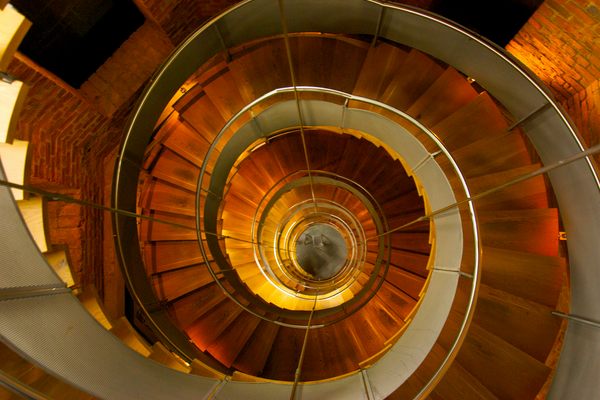About
The Mudéjar style is the only architectural form that is unique to Spain, arising from the particular political, social, and cultural conditions that prevailed in Spain after the Reconquista. Muslim craftsmen and artisans, known as Moors, remained in Christian territories after the Reconquista, incorporating Islamic motifs, materials, and techniques into Christian structures. Mudéjar architecture is characterized by its use of brick, plasterwork, geometric patterns, horseshoe arches, and intricate decoration.
Neo-Mudejar style arose in Spain and Portugal in the late 19th and early 20th centuries, reviving the Mudéjar style. The city of Teruel in Aragón, which served as a mecca for Mudéjar art, is still home to many examples of the Gothic style. This includes a staircase built in 1921 to connect the newly built railway station to the historic old town.
Partway up the stairs is a wonderful nod to the legend of the Two Lovers in the form of a large white marble relief depicting the famous story. The staircase was built by engineer and architect Jose Toran de la Rad.
Related Tags
Published
July 15, 2024





































